Curiosities
Is the Museum-as-Nail Salon the Greatest Idea to Emerge From Lockdown? + Other Questions I Have About the Week’s Art News
Plus, what part of the art world will Emily in Paris change next?
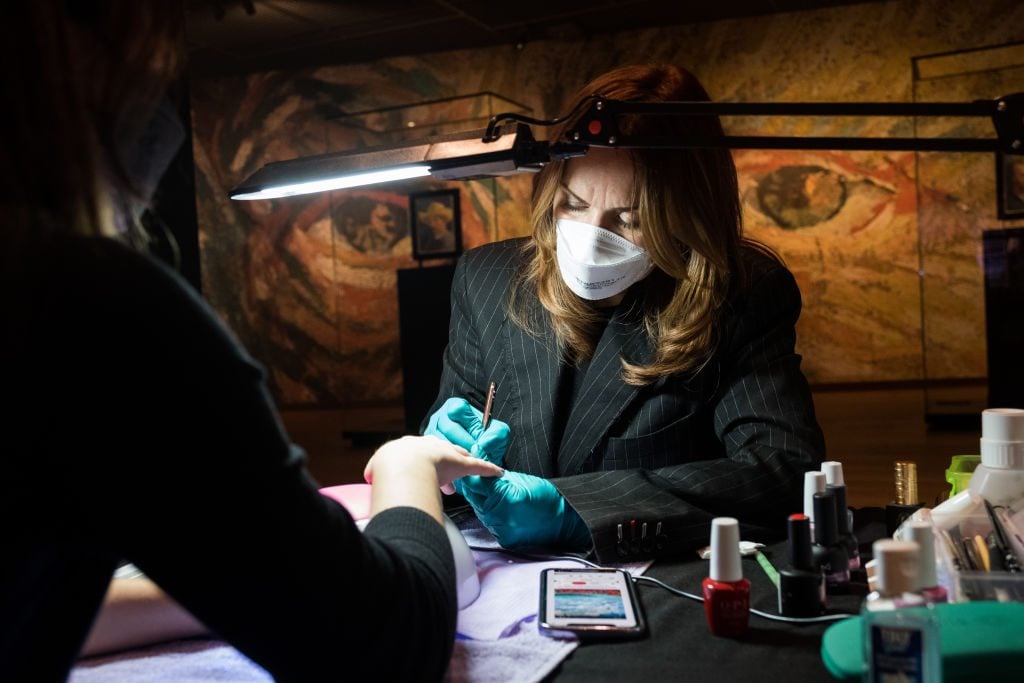
Plus, what part of the art world will Emily in Paris change next?

Ben Davis

Curiosities is a column where I comment on the art news of the week, sometimes about stories that were too small or strange to make the cut, sometimes just giving my thoughts on the highs and lows.
Below, some questions posed by the events of the last week…
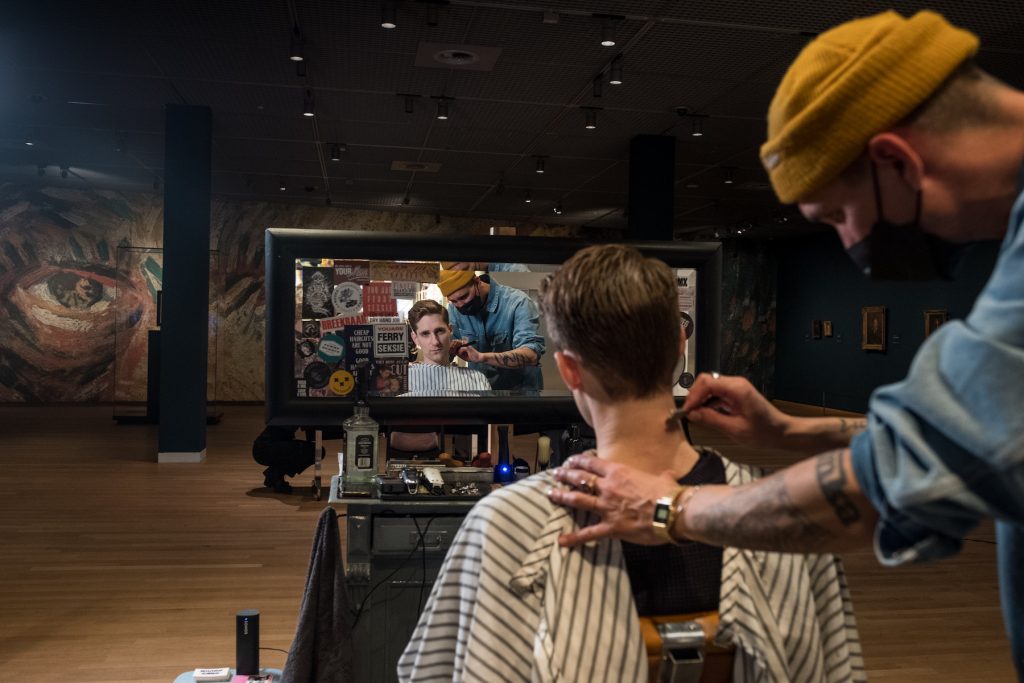
On January 19, the Van Gogh Museum in Amsterdam turned into a nail studio and hairdresser. (Photo by Sanne Derks/Getty Images)
A big bit of art news from last week was the protest organized by dozens of Dutch museums against “inconsistent” lockdown protocols, with art institutions shuttered by omicron—including the Van Gogh Museum and the Mauritshuis—defiantly reopening for a day as nail salons, barber shops, and gyms (because workout and grooming services were allowed to be open, but cultural venues were not).
You gotta appreciate how this act of institutional civil disobedience, taking a stand for the importance of art, assumed the form of something that sounds like a very sincere relational aesthetics project from circa 2007, which would probably have been about “questioning the autonomy of art.”
At the same time, a normal trip to some of these tourist-flooded museums has a definite Walmart-on-Black-Friday vibe. So I have to say, the idea of getting your own time slot to sit with Wheatfield with Crows or Girl With the Pearl Earring while you get your nails painted or your sideburns tapered sounds like a dream.
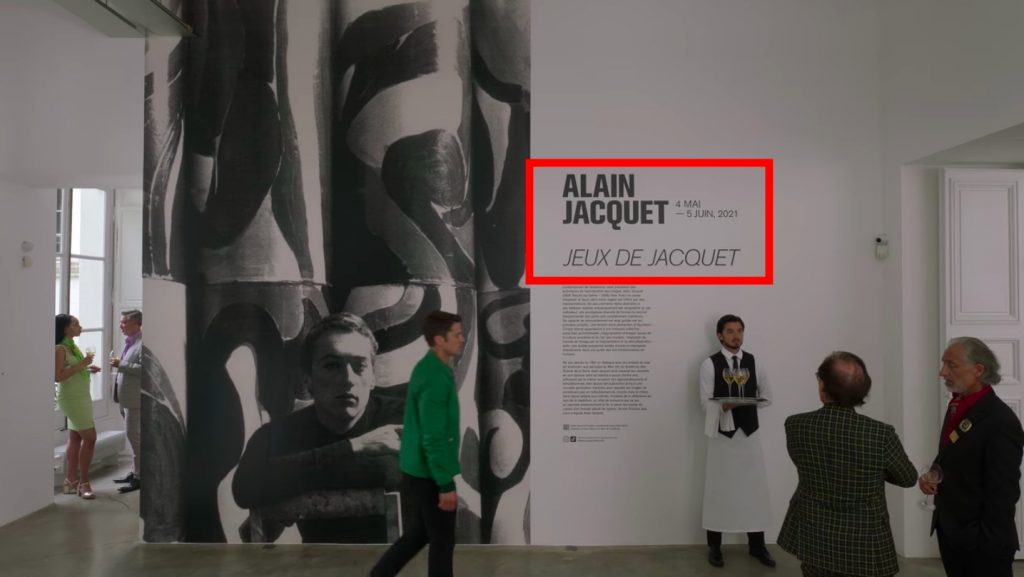
Perrotin gallery, as featured in Emily in Paris, season two.
If you were looking to name the biggest art influencer of last year, it would almost certainly be the fictional Emily Cooper, i.e., the Lily Collins character from the blockbuster Netflix nothing Emily in Paris.
Emily’s foray into an immersive Van Gogh installation in season one was credited with making the idea of holding hands with a date inside a big version of Starry Night a pop-culture sensation.
Well, season two arrived over the holidays, to the delight of bucket-hat enthusiasts everywhere. Meanwhile, the art world held its breath for what new trends it would unleash.
The results, however, have been less earth shaking.
Sure, the new Emily in Paris touched off a diplomatic dustup with Ukraine’s minister of culture, who described season one as “pretty good entertainment,” but questioned season two’s depiction of a Ukrainian scammer. And New York TImes art critic Jason Farago penned an anti-Emily in Paris essay, pondering whether to accept “the tragic triumph of Emilyism” or to “make a pitiful last stand for an unmediated life.”
But this is small beer compared to the global Immersive Van Gogh epidemic touched off by season one. Nevertheless, season two does have at least a concrete art connection: Emily gal pal Camille still works at a gallery, and, as before, the real location that serves as Camille’s workplace is Perrotin, which was rented by the production for the purpose.
Incidentally, the artist on view in the gallery for the big scene there (S2 E4, “Jules et Em”) is French Pop artist Alain Jacquet (1939–2008). The show is 2021’s “Jeux de Jacquet,” Perrotin’s first big collaboration with the estate after the gallery started representing it. The appearance immediately made a Jacquet a must-have accessory among non-French speaking, Paris-based American Instagram marketers everywhere.
The specific work glimpsed is Jacquet’s Camouflage Prophète Isaïe (1963). Appropriately enough, it’s from a series in which Jacquet defaced images of beloved artworks with kitsch.
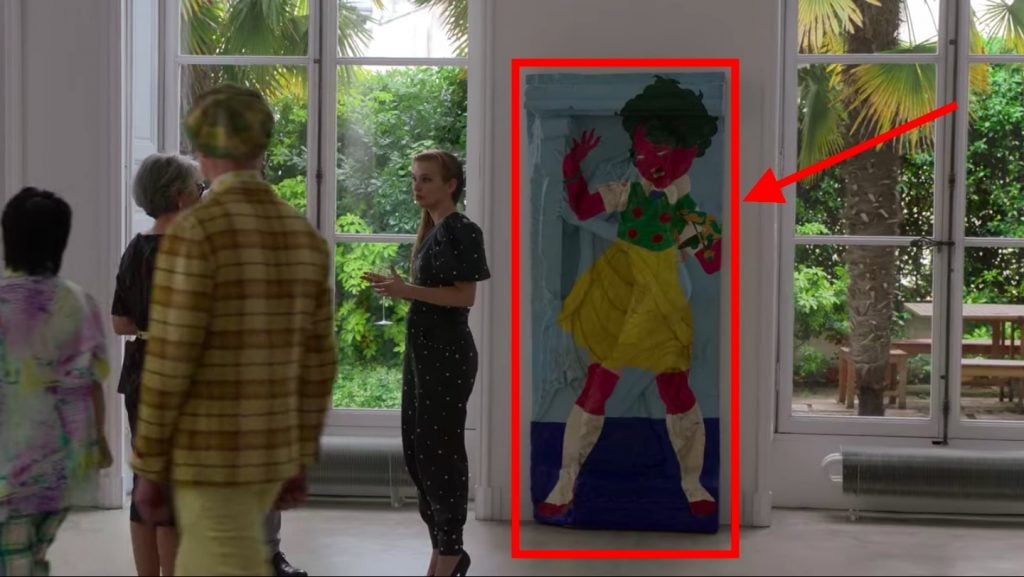
Alain Jacquet’s Camouflage Prophète Isaïe (1963) featured in Emily in Paris.
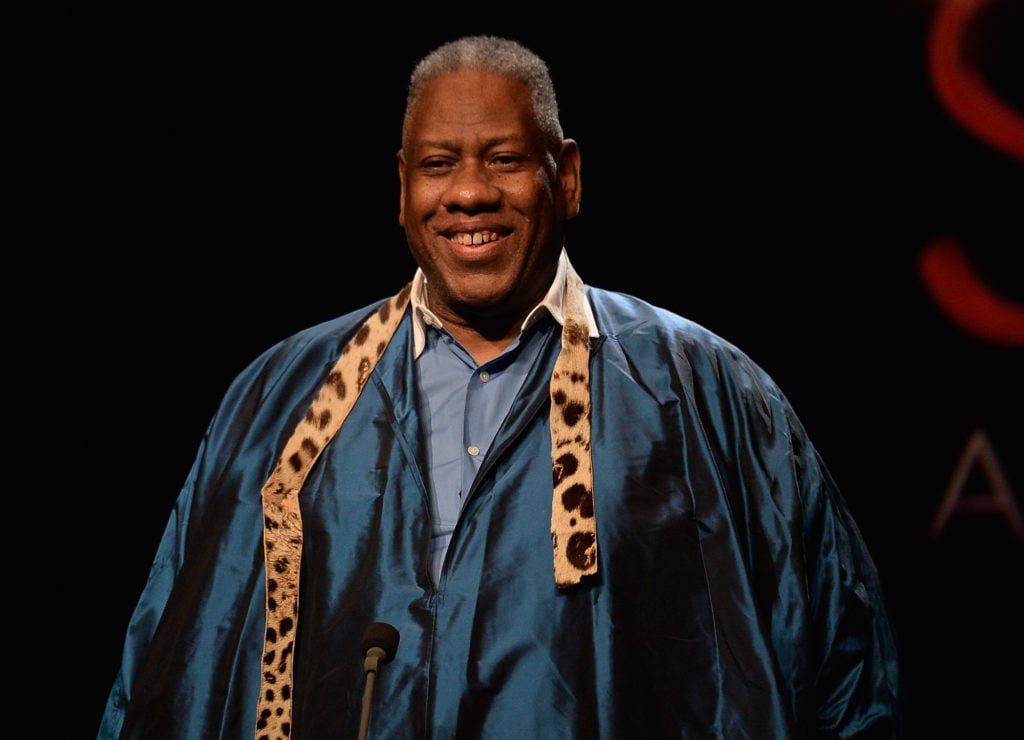
Andre Leon Talley. Photo by Frazer Harrison/Getty Images for Mercedes-Benz Fashion Week.
From the Vanessa Friedman and Jacob Bernstein New York Times obit of André Leon Talley, talking about how the famed fashion editor got his start as receptionist at Andy Warhol’s Interview, we get this quote.
[Warhol] was constantly trying to grab my crotch. It was not a Harvey Weinstein moment. Andy was a charming person because he saw the world through the kaleidoscope of a child. Everything was ‘gee golly wow.’
This just appears out of nowhere so that the impression left is, “André Leon Talley, beloved fashion-world icon, rose from humble beginnings at the Met’s Costume Institute… also, Warhol was a crotch grabber… and went go on to be a Vogue legend.”
It’s such a pungent detail that I feel compelled to mention it, but I also really don’t know what to make of it. I gather the New York Times authors feel exactly the same… .
Orange Crush: The Journal of Art & Wrestling, from publisher Adam Abdalla and editor Hunter Braithwaite, sounds like a joke but it is not a joke.
That’s what I like about it: It truly aims at the sweet, sincere crossover spot, blending coverage of contemporary art about wrestling with coverage that just takes wrestling very seriously as art into an unexpected chocolate-and-peanut-butter combo—specifically, a bean-to-bar Tuscan dark chocolate filled with MuscleBlaze High Protein Peanut Butter.
The recently released third issue of Orange Crush comes at its subject-matter match-up from many different angles: Braithwaite writing on artist Jeremy Deller’s film about glam Welsh wrestler Adrian Street; a fun spotlight of pro wrestling photographer George Napolitano by Brin-Jonathan Butler (with a great spread of Napolitano’s colorful, historic photos); an Annie Armstrong profile of Portland painter Helen Hunter, who has found success taking commissions from wrestling fans, rendering favorite matches in her high-keyed, expressionist style; Dan Duray’s great explanation of the phenomenon that is Orange Cassidy, the hipster wrestler whose inventively ironic brand has made him a star; and Matthew Barney, in interview with photographer Charlie Fox, offering this very Barney-esque anecdote about how his neo-surrealist body art traces straight back to his days grappling for glory:
My wrestling coach used to turn the heat up. And there would literally be a centimeter of sweat, all of our sweat, pooled on the mat to the point where you really couldn’t hold onto one another. My memory of all of it is really about this kind of merging of all of our bodies together. On those days when the heat was higher, it was mostly about drills, and so you’d be constantly changing partners. Very orgy-like, it was about trading body fluid and trading partners. And becoming one with the mat.